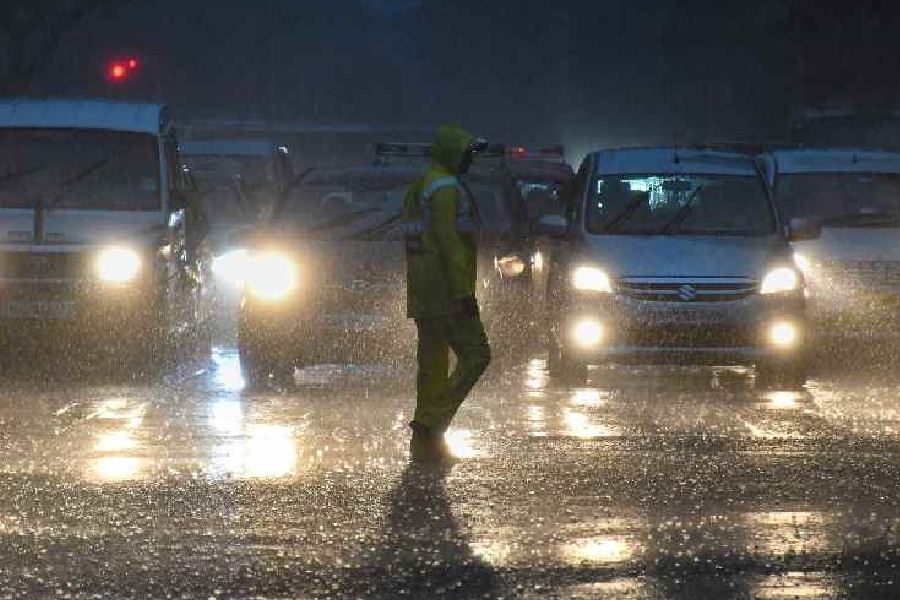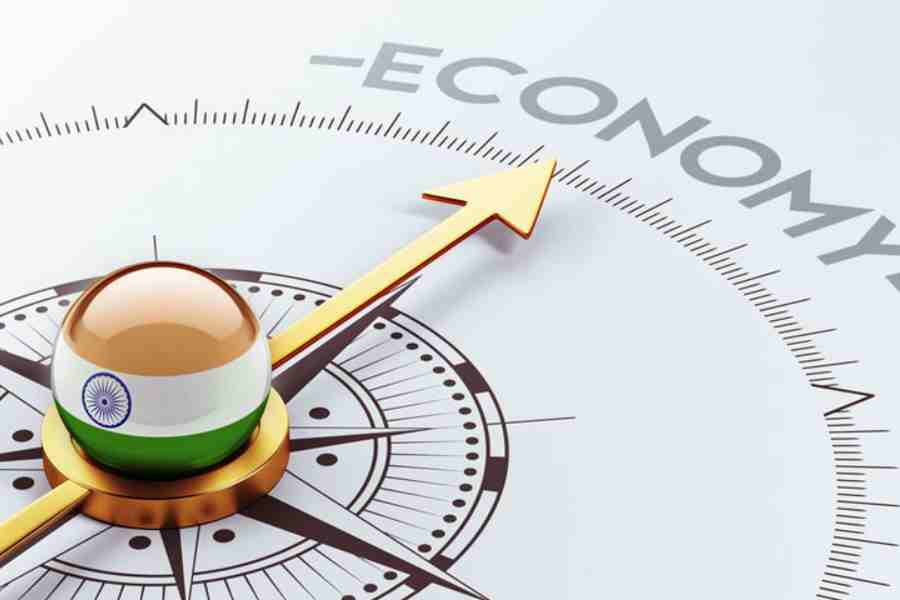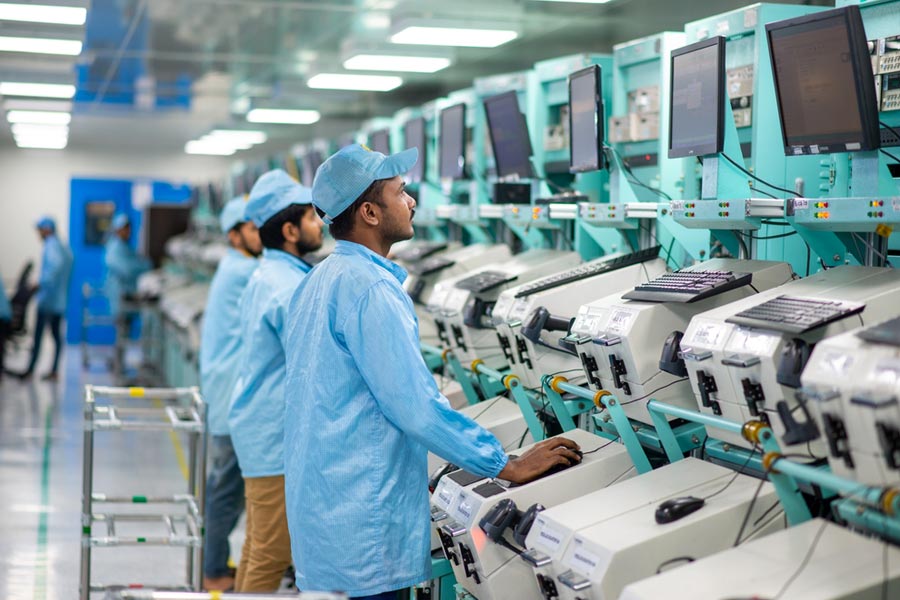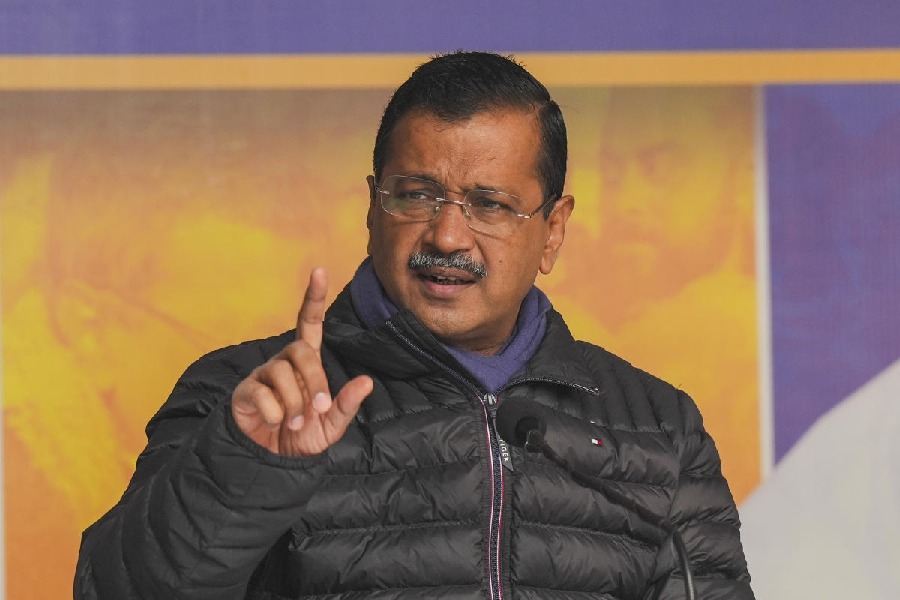In a small laboratory on the outskirts of the Indian city of Hyderabad, professor Kirti Sahu is studying raindrops.
Using a machine that simulates the conditions of clouds, he is among a number of scientists aiming to understand how climate change and pollution are changing the monsoon rains that underpin the country's agrarian economy.
"The Indian monsoon is full of mystery. If we can predict rainfall, it will be huge for us," said Sahu, a researcher in the department of chemical engineering at the Indian Institute of Technology Hyderabad.
The monsoon, the lifeblood of the country's $3 trillion economy, delivers nearly 70% of the rain that India needs to water farms and recharge reservoirs and aquifers.
The country of 1.4 billion plans its planting season, harvests and even weddings around the seasonal rains.
But climate changing emissions from burning fossil fuels for energy, and pollution, are changing the monsoon, impacting on agriculture and making forecasting harder.
Climate change is fuelling a range of extreme weather around the world, with wet areas generally getting wetter while dry regions are hit by more droughts.
The UN Intergovernmental Panel for Climate Change (IPCC) notes that although climate change is likely to lead to increased rainfall over Asia, the South Asian monsoon has weakened in the second half of the 20th century.
That change in the monsoon is linked to a rise in aerosols – tiny particles or liquid droplets in the air - as a result of human activities, the IPCC said.
Burning fossil fuels, vehicle exhaust, dust, and sea salt all add to aerosols in the atmosphere.
India has long struggled with high levels of air pollution that periodically cloak major cities in toxic smog.
In recent years, India has seen a shorter, more intense rainy season that leaves some areas flooded and others parched, said experts including G. P. Sharma, the lead on meteorology and climate change at Skymet, a private weather forecaster.
Six major droughts have hit the subcontinent since 2000, but forecasters failed to see them coming, Sharma said.
Loss of crops
Since antiquity, India's rulers have tried to predict the monsoon. Today, the government advises farmers on when to start planting.
So crucial are these forecasts that, in 2020, farmers in the state of Madhya Pradesh told Indian media that they planned to file a lawsuit against the state meteorological department for incorrect predictions.
To better predict the monsoon, the government has invested in satellites, supercomputers and a network of specialised weather radar stations named after the Hindu god of rain, Indra. But these have brought only incremental developments in accuracy.
The interplay of the impacts of climate change and aerosols in India are making it more difficult to predict rainfall accurately, said Steven Clemens, a professor of Earth, environmental, and planetary sciences at Brown University, whose research largely focuses on the Asian and Indian monsoons.
In recent years, the distribution of monsoon rainfall has become more erratic, said Madhavan Rajeevan, a scientist at India's Ministry of Earth Sciences.
"It rains for fewer days, but when it rains, it rains more heavily," he said.
Monsoon clouds have also changed their path to traverse across central parts of the country, Sahu said.
"Several states ... have witnessed excessive rainfall during the monsoon season," he said, while others have struggled with historically light rainfall in recent years.
The effect of the changes can be devastating for farmers said Anshu Ogra, an assistant professor working on climate change adaptation and disaster risk reduction at the School of Public Policy within the Indian Institute of Technology Delhi.
"Cumulatively speaking, the rains haven't failed," she said.
"They have come, but as intense downpour. That means there is not sufficient time for plants to absorb water. Flowers won't turn into fruit, so you see a net loss of crop."
Better forecasts would help authorities prepare for extreme weather, from planning evacuations from floods to adaptation efforts including collecting rainwater where it falls and transporting it to regions stricken by drought, said Rajeevan.
Flying laboratory
In his Hyderabad workshop, Sahu uses a raincloud simulator to study how changes in aerosols, humidity, air currents, temperature and other factors impact on water droplets and influence when raindrops form.
Meanwhile, Thara Prabhakaran, an expert in cloud microphysics at the Indian Institute of Tropical Meteorology, collects data on temperature, pressure and aerosols within clouds from her "flying laboratory" aboard an aeroplane.
The two scientists, who collaborate to compare findings, are among researchers aiming to improve forecasts by better understanding how changing conditions are impacting on the monsoon.
Ogra said it was increasingly important for meteorologists and other officials to ensure new efforts to help farmers were built on the farmers' own knowledge and were something they could actually use, as new forecasts and agricultural policies such as insurance schemes are developed.
"Generating advisories is helpful, but as we talk about adapting to climate change, there is an extra step," she said.
"Someone who lives in a space and is aware of all the weather information but who also carries ancestral knowledge - those are the lived experiences that will enrich the policy process."
Reuters










